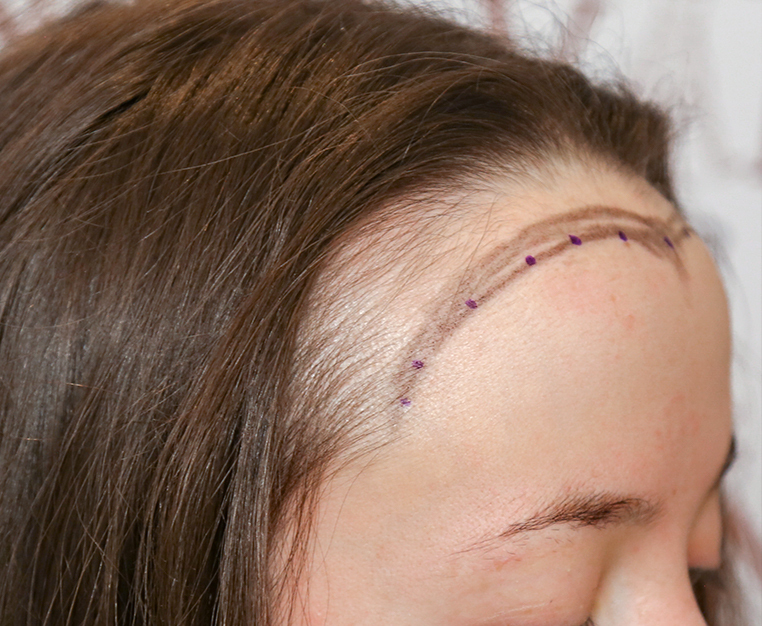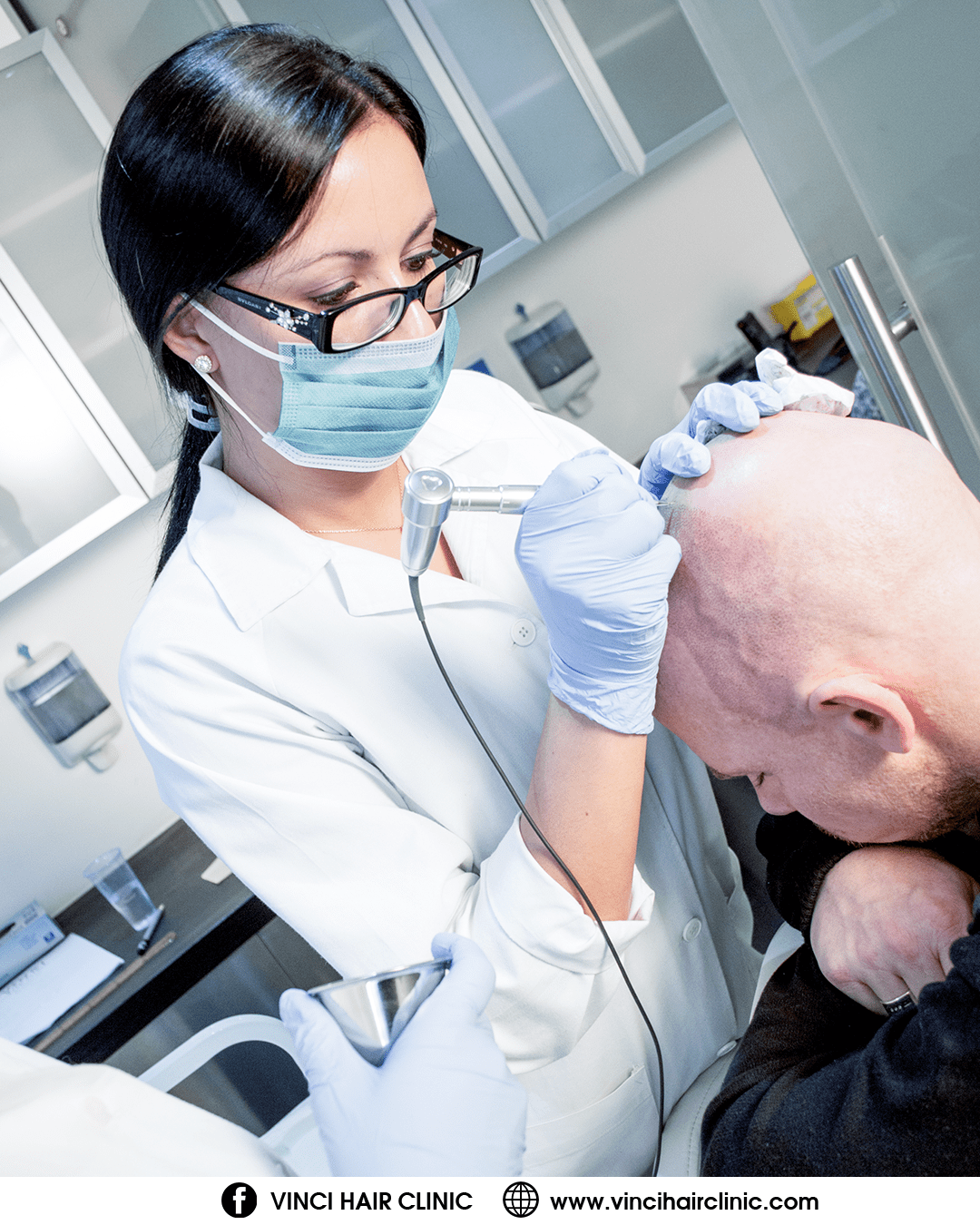When you’re regularly finding hair on your pillow, in the shower, or on your brush, it might seem unimportant to know what type of baldness you’re suffering from. Hair loss is grim, right? Does it really matter what name you give the grimness? Well, yes it does. Knowing the enemy you’re facing is the first step to winning the battle, as any military strategist will tell you. If you can identify the type of hair loss you’re experiencing, you’ll be better positioned to know what the future holds for your mane and what treatments you can apply.
So, put on your tin hat, tighten your chinstrap, and get ready to look the enemy in the eye!
Five Common Types of Baldness
There are many reasons why people experience hair loss, and to cover them all would require an article many times the length of this one. Some of these types are very rare indeed, however, so rather than spending time learning about the outliers, we’re going to look at five of the more common causes of baldness.
Androgenetic Alopecia
Androgenetic alopecia is the medical term used to describe what most of us refer to as male and female pattern hair loss. It is the most common form of baldness and is estimated to affect 15 in every 10,000 people in the UK. Pattern baldness runs in families. If you can identify a baldness trait in your ancestors and older relatives, there is a reasonable chance that you will develop the same type of hair loss.
The pattern in males takes the form of a receding front hairline, although hair loss from the scalp or crown is also part of the condition. For women, this type of hair loss manifests in a general thinning right across the scalp. Hereditary hair loss like this can be treated with medication or hair transplant surgery.
Telogen Effluvium
Telogen effluvium occurs when your hair’s natural growth cycle gets interrupted. Telogen is the name for the resting phase of the growth cycle, and it is followed by the growth phase. If the growth phase doesn’t start, your hair starts to fall and noticeable thinning occurs.
Telogen effluvium is often triggered by a medical condition. If you’ve recently given birth, suffered from a thyroid imbalance, or had surgery that requires post-op medication, you are more prone to this kind of hair loss. The good news is that it doesn’t often lead to complete baldness. There is also a good chance your hair will grow back once the trigger for the condition has disappeared from your life.
Anagen Effluvium
Anagen effluvium is another type of baldness triggered by external events. It’s a fairly dramatic type of hair loss brought on by treatments like chemotherapy, a powerful cancer-killing medical intervention that also brings hair follicle production to an abrupt halt. While this type of hair loss is traumatic, it is a temporary condition; your hair will grow back once the treatment has finished.
Alopecia Areata
Alopecia areata is an autoimmune disorder. That’s when the body’s immune system attacks healthy cells, including hair follicles, rather than the bacteria and viruses it’s supposed to kill off. It can result in patchy and unpredictable hair loss or complete baldness. Much depends upon the severity of your condition.
There are two types of alopecia areata. Alopecia totalis is when you lose all the hair from your scalp. If you experience this for two years or more, the prospects for your hair growing back are slim. Alopecia universalis is worse again. That’s when you lose all your body hair, including eyebrows and eyelashes, as well as the hair on your head.
Alopecia areata can be treated with medication that may help stimulate hair regrowth.
Hair Shaft Abnormalities
This category of hair loss covers several types of thinning and baldness. It results when damage occurs not in the hair follicle but further along the hair shaft. A break in the hair strand can cause it to weaken and fall. If this is repeated across the scalp, noticeable thinning of the hair occurs.
One example of a hair shaft abnormality is traction alopecia. This results from constant pulling and tightening of the strands to achieve particular hairstyles (think ponytails and braids), causing hair to break and fall out. Happily, this condition can usually be reversed with a change to a looser, less attritional hairstyle.
Conclusion
Hopefully, this article has given you some sense of the different types of hair loss that affect many of us at some point. Correctly identifying the cause of your hair loss is the first step in tackling the problem. If you know the underlying cause, you’re far more likely to choose an effective course of treatment.
Always remember that the earlier you act upon a hair loss problem, the more effective that action is likely to be. Vinci Hair Clinic offers a free, no-obligation consultation with one of our hair experts to all new clients. Don’t delay – get in touch and book your appointment today!


